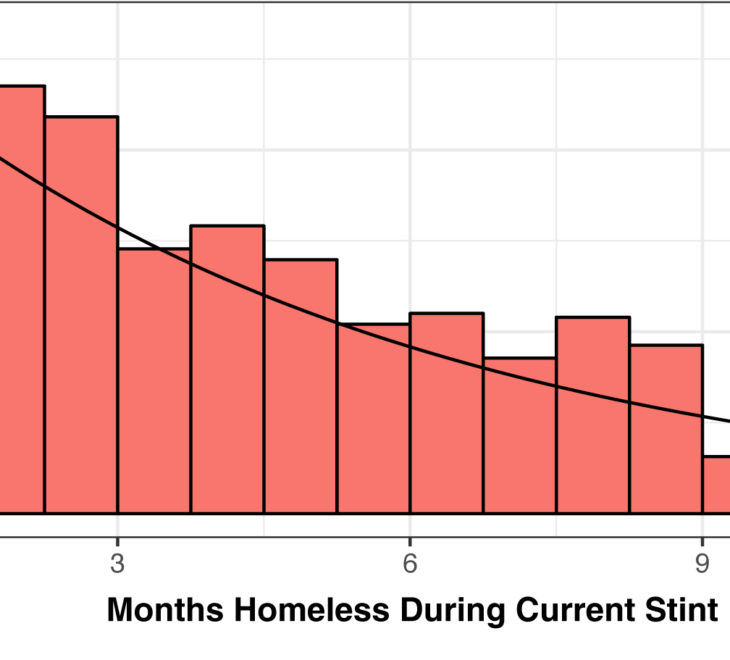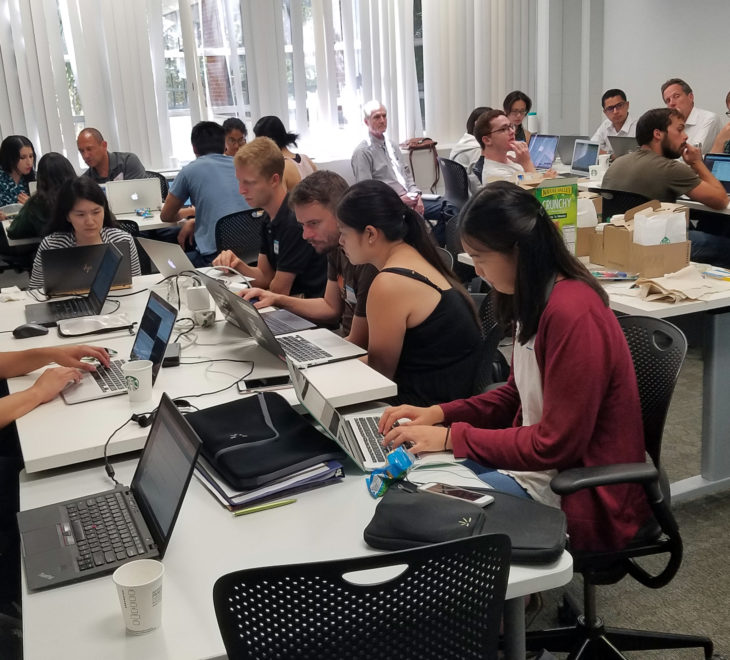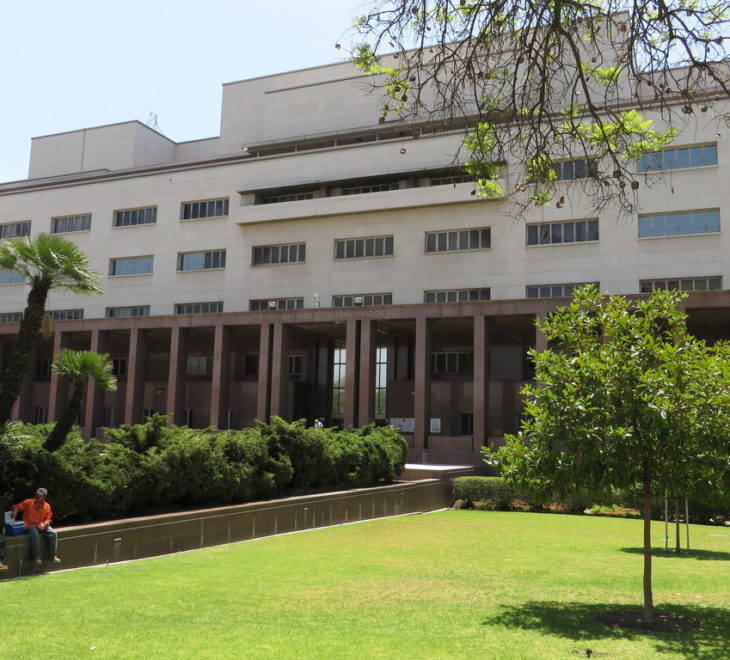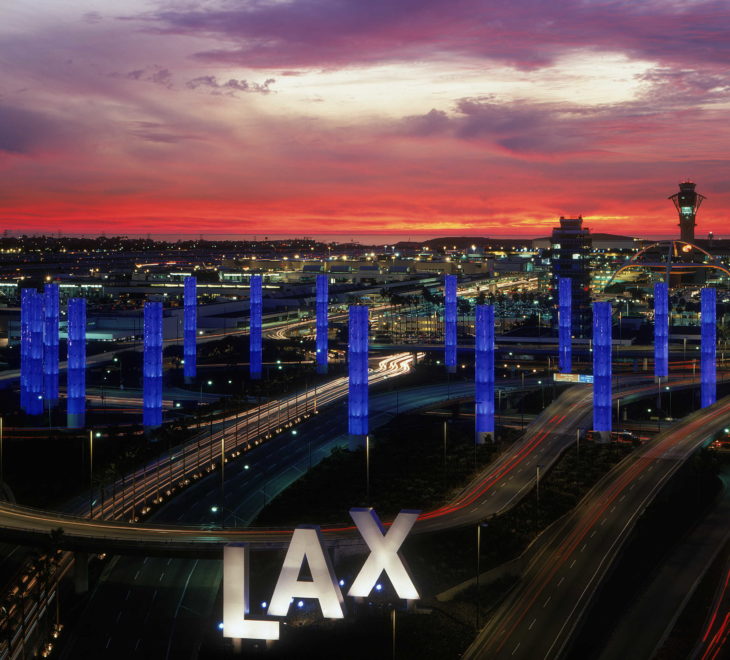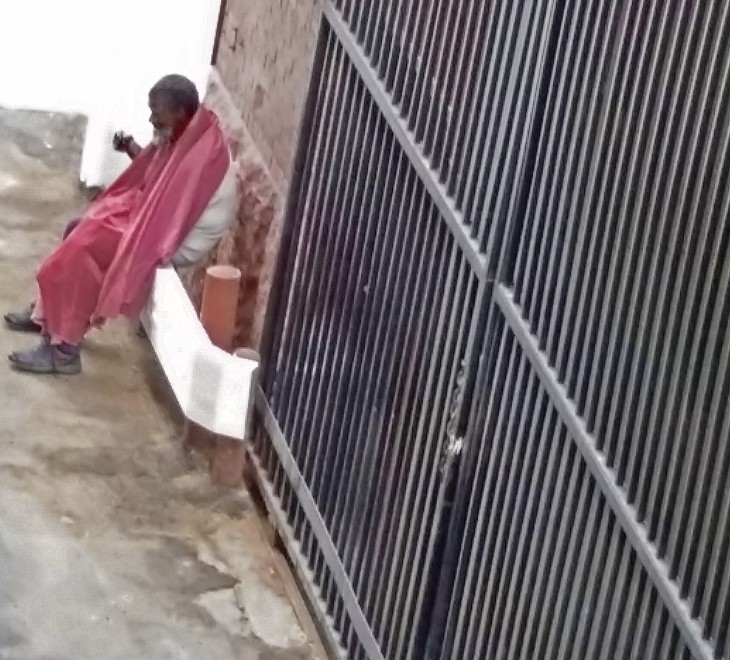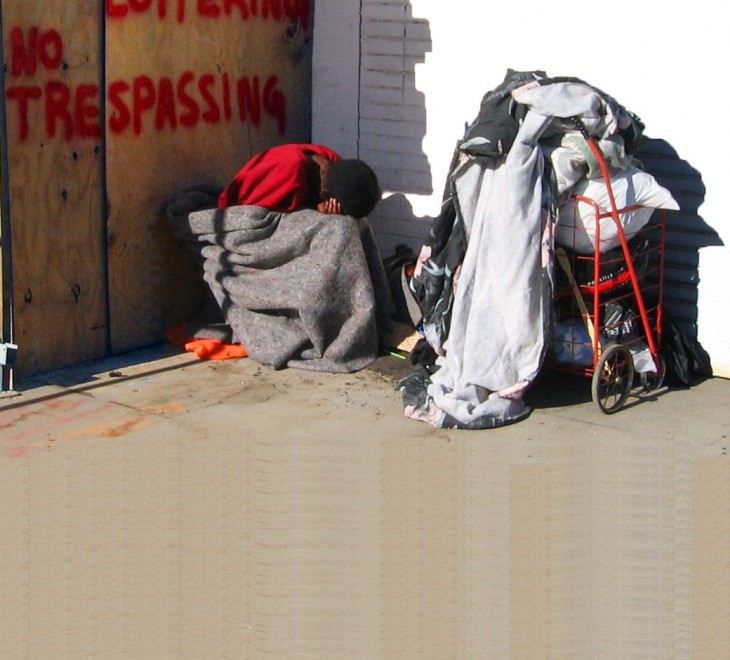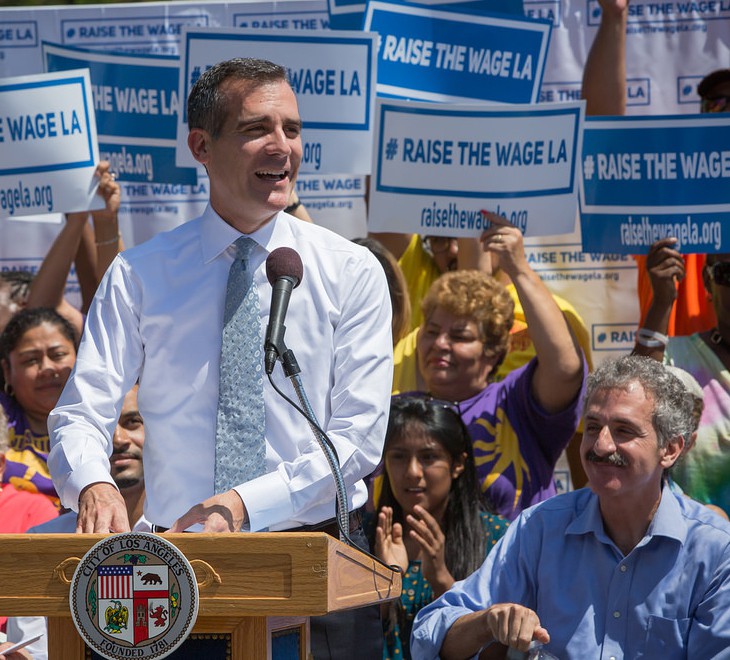FOR IMMEDIATE RELEASE
CONTACTS: Daniel Flaming, danflaming@economicrt.org, 213-892-8104
Patrick Burns, patrickburns@economicrt.org, 213-892-8104
“Los Angeles’s rent-stabilized properties can be a sizable part of the solution to its daunting housing and affordable housing shortages.” Patrick Burns, Senior Researcher, Economic Roundtable
Researchers at The Economic Roundtable found that 1.4 million more apartments can be built on Los Angeles’ rent-stabilized properties.
LOS ANGELES – Tuesday the Economic Roundtable released an independent research report, “Places for Homes: Where Los Angeles Can Build More Housing,” analyzing the opportunity to redevelop the city’s rent stabilized properties and provide more housing.
Los Angeles does not have enough housing for all of its residents, especially families with average or below-average incomes. The city has up-zoned many neighborhoods, with another up-zoning now underway, to allow construction of over 1.5 million new housing units.
But based on past experience, new housing may fall short of new zoning because new construction is often opposed and agonizingly slow.
Apartments that are regulated by Los Angeles’ rent stabilization ordinance make up over two-thirds of the city’s rental units, and 40 percent of its total 1.5 million housing units.
This strategy comes from a survey of landlords of rent-stabilized properties. Landlords were asked whether they would be interested in redeveloping their property with more units if it was financially feasible.
Thirty-four percent of landlords said they were interested, 32 percent said they weren’t sure, and 34 percent said they were not interested. This means that between one-third and two-thirds of rent-stabilized landlords are interested in developing more apartments on their property.
This strategy avoids most of the sources of Nimbyism and development opposition. It calls for working with willing property owners in neighborhoods with predominantly rental housing on land that is already zoned to permit higher density.
As many as 1.4 million additional apartments could be built citywide on existing RSO apartment properties, based on the 1.9 billion unused square feet in building size permitted under current zoning.
“Most rent-stabilized properties have two-story structures that are 50 to 100 years old. They were built in a day when land was cheaper and L.A. was smaller,” said Dan Flaming, a co-author of the report. “These properties already provide below-market rent for many Los Angeles households, but there is an opportunity for them to make a bigger contribution.”
The types of help landlords said they need to build more apartments on their property include low-interest loans, reduced relocation costs for rehousing tenants during new construction, lower permit fees, and faster permit processing.
Rent stabilized properties provide a promising large-scale opportunity to expand Los Angeles’ housing supply. However, the city’s rent stabilization ordinance requires landlords who redevelop their property to increase the number of rent-stabilized units or make 20 percent of the new units affordable.
Public subsidies will be required to preserve the contribution these properties already make to affordable housing after they are redeveloped to provide more housing. This means that both landlords and city tax payers will have to back this strategy.
The report can be downloaded at: https://economicrt.org/publication/places-for-homes/
ABOUT THE ECONOMIC ROUNDTABLE
The Economic Roundtable is a nonprofit urban research organization based in Los Angeles that carries out large-scale data analyses to identify actionable solutions to social, economic and environmental problems. To learn more, please visit http://economicrt.org/.
###############



